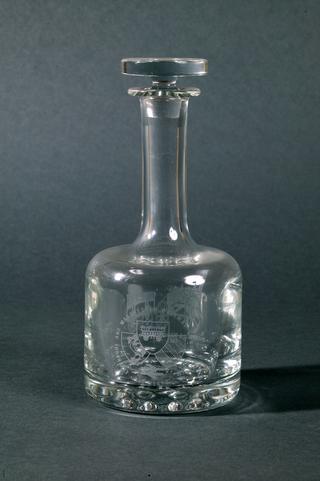
Spanner found in the 1830 Warehouse at the former Liverpool Road Station
- Made:
- 1830-1850 in Manchester
















Wrought iron single-ended, open-ended spanner made for use on square headed bolts and nuts. Probably made in a hand forge in the early part of the 19th century. Found in a hoist way on the top floor of the 1830 Warehouse at the Science and Industry Museum, formerly Liverpool Road Station, the Manchester terminus of the Liverpool and Manchester Railway. Thought to date from approximately 1830-1850.
This long lost spanner gives an insight into the technology workers used in the world’s first railway warehouse.
The spanner was found in 2021 tucked out of site on a hoistway on the top floor of a warehouse at the former Liverpool Road Station, the Manchester terminus of the Liverpool and Manchester Railway. The warehouse, built in less than 6 months in 1830, stored goods that were transported on the new railway. Workers used the hoist to move heavy goods through the building. Based on the location this spanner was found it was most likely used to tighten bolts during the assembly or repair of the metal hoist structure.
The letters ‘LM’, crudely embossed on the spanner, suggest it was made specifically for use by employees of the Liverpool and Manchester Railway. It may even have been made by blacksmiths on the Liverpool Road Station site.
The slender shape means it could have been used in a confined space. The shape of the jaws reveal it would have been used on square headed nuts or bolts. In the early 1800s most nuts and bolts were square headed. Hexagonal bolts, which are the standard today, were introduced from the 1830s.
Large engineering companies started to standardise their tools from around the 1840s. This spanner’s measurements do not match any known standardisation system, evidencing a manufacture date of about 1830-1850.
Details
- Category:
- Liverpool & Manchester Railway
- Object Number:
- 2022-71
- Materials:
- iron
- Measurements:
-
overall: 25 mm x 348 mm x 90 mm,
- type:
- spanner




